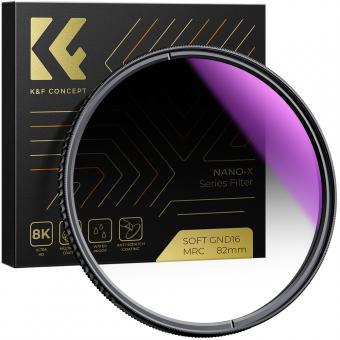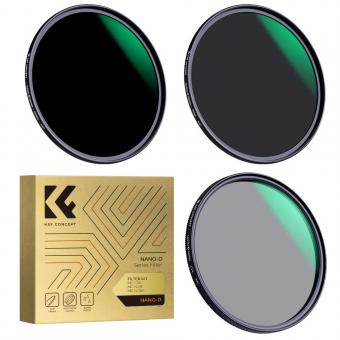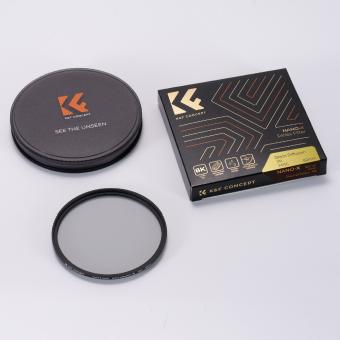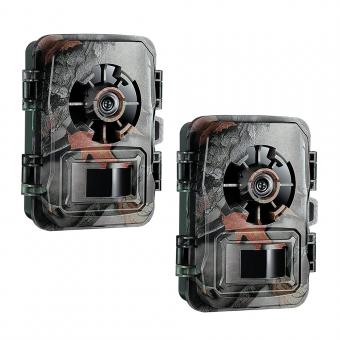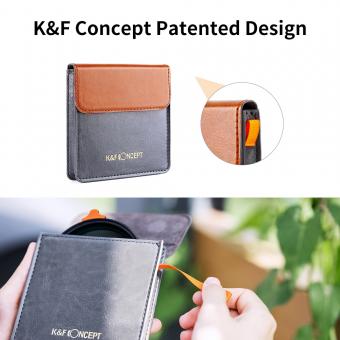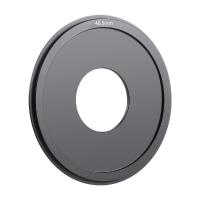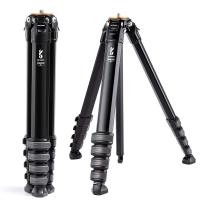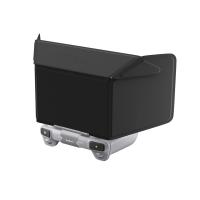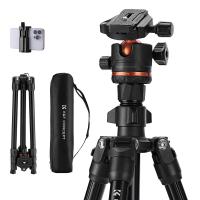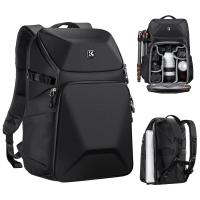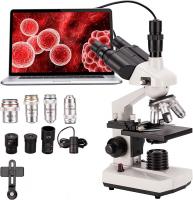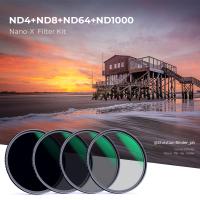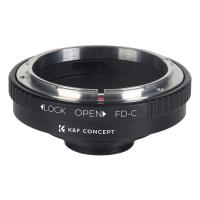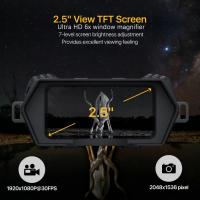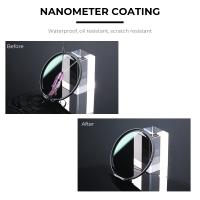What Neutral Density Filter To Buy ?
When choosing a neutral density filter, it is important to consider factors such as the desired level of light reduction, filter size compatibility with your lens, and the quality of the filter. Popular options include brands like B+W, Hoya, and Lee Filters, which offer a range of neutral density filters with different light reduction levels (e.g., 1-stop, 3-stop, 6-stop, etc.). It is recommended to choose a filter that suits your specific needs and budget, ensuring it is compatible with the thread size of your lens. Additionally, considering the quality of the filter is crucial to avoid any potential image degradation or color cast. Reading reviews and seeking recommendations from experienced photographers can help in making an informed decision.
1、 Types of neutral density filters available in the market
When it comes to choosing a neutral density (ND) filter, there are several options available in the market. ND filters are essential tools for photographers and videographers as they help control the amount of light entering the camera without affecting the color balance. This allows for creative effects such as long exposures, shallow depth of field in bright conditions, and smooth motion blur in videos.
The most common types of ND filters include screw-on filters, square/rectangular filters, and variable ND filters. Screw-on filters are the simplest and most affordable option, as they easily attach to the front of the lens. They come in different densities, measured in stops, such as ND2, ND4, ND8, etc. Square/rectangular filters require a filter holder system, but they offer more flexibility as you can stack multiple filters and adjust their position. Variable ND filters are adjustable filters that allow you to vary the density by rotating the filter ring.
When choosing an ND filter, consider factors such as the density you require, the size of your lens, and your budget. Higher density filters, such as ND1000 or ND2000, are ideal for long exposures in bright conditions, while lower density filters like ND4 or ND8 are suitable for reducing light in moderately bright situations. It's also important to ensure that the filter size matches your lens diameter.
In recent years, there has been a rise in popularity of magnetic ND filters. These filters use a magnetic adapter ring that attaches to the lens, allowing for quick and easy filter changes. They eliminate the need for a filter holder system and are particularly convenient for photographers on the go.
Ultimately, the choice of which ND filter to buy depends on your specific needs and preferences. Consider factors such as filter type, density, size, and price to make an informed decision.
2、 Factors to consider when choosing a neutral density filter
Factors to consider when choosing a neutral density filter:
1. Filter Strength: Neutral density filters come in various strengths, typically measured in stops. The strength you choose depends on the amount of light reduction you require for your specific photography needs. Common strengths range from 1-stop to 10-stop filters.
2. Filter Size: Ensure that the filter you choose matches the diameter of your lens. Most filters are available in standard sizes, but it's important to check the size compatibility before purchasing.
3. Filter Material: Neutral density filters are available in both glass and resin materials. Glass filters generally offer better optical quality but can be more expensive. Resin filters are more affordable and lightweight but may be prone to scratches.
4. Filter Coating: Look for filters with multi-coating or anti-reflective coatings to minimize flare, ghosting, and reflections. These coatings help maintain image quality and reduce unwanted artifacts.
5. Price: Consider your budget when choosing a neutral density filter. While high-quality filters can be expensive, they often provide better optical performance and durability. However, there are also affordable options available that can still deliver satisfactory results.
6. Compatibility with other filters: If you plan to use other filters, such as polarizers or graduated neutral density filters, ensure that the neutral density filter you choose is compatible with them. Some filters may cause vignetting or other issues when used together.
7. Brand and Reviews: Research different brands and read reviews from other photographers to get an idea of the quality and performance of the filter you are considering. This can help you make an informed decision and avoid potential issues.
In conclusion, when choosing a neutral density filter, consider factors such as filter strength, size, material, coating, price, compatibility, and brand reputation. It's important to find a balance between your specific photography needs and your budget. Additionally, staying updated with the latest advancements in filter technology can provide insights into new options and features available in the market.
3、 Recommended neutral density filters for different photography scenarios
When it comes to choosing a neutral density (ND) filter, there are several factors to consider, such as the desired effect, the lighting conditions, and the type of photography you are interested in. Here are some recommended neutral density filters for different photography scenarios:
1. Landscape Photography: For capturing stunning landscapes with long exposures, a variable ND filter is a great choice. It allows you to adjust the density of the filter, giving you more flexibility in controlling the amount of light entering the lens. The latest variable ND filters on the market offer excellent image quality and minimal color cast.
2. Portrait Photography: When shooting portraits outdoors, you may want to use an ND filter to achieve a shallow depth of field. A fixed ND filter with a 2-3 stop reduction is ideal for this scenario. It helps to blur the background while maintaining proper exposure on the subject.
3. Waterfalls and Rivers: To capture the smooth, flowing effect of water, a strong ND filter is necessary. A 6-10 stop ND filter will allow you to achieve longer exposure times, resulting in a silky, ethereal look to the water.
4. Street Photography: In situations where you want to use a wide aperture for a shallow depth of field but still maintain proper exposure, a 3-stop ND filter can be useful. It allows you to shoot at wider apertures even in bright daylight.
5. Astrophotography: For capturing the night sky, a high-density ND filter is not typically required. Instead, consider using a light pollution filter to reduce the impact of artificial light sources and enhance the visibility of stars and galaxies.
It's important to note that the specific brand and model of the ND filter will depend on your budget and the lens diameter of your camera. It's always recommended to read reviews and compare different options before making a purchase.
4、 Understanding the filter's density and its impact on exposure
Understanding the filter's density and its impact on exposure is crucial when deciding which neutral density filter to buy. A neutral density (ND) filter is a tool used in photography and videography to reduce the amount of light entering the camera without affecting the color or contrast of the image. This allows for creative control over exposure, depth of field, and motion blur.
The density of an ND filter is measured in stops, which indicates the amount of light it blocks. Common densities range from 1 stop (ND2) to 10 stops (ND1000) or even higher. The higher the density, the more light is blocked, resulting in longer exposure times. For example, a 3-stop ND filter will require a shutter speed three times longer than without the filter to achieve the same exposure.
When choosing an ND filter, it is important to consider the intended use and lighting conditions. For general photography, a 3-stop or 6-stop ND filter is often recommended as they provide a good balance between light reduction and versatility. Landscape photographers may opt for higher densities, such as 10-stop filters, to achieve longer exposures for smooth water or cloud movement.
It is worth noting that the latest point of view in the photography community is the increasing popularity of variable ND filters. These filters allow for adjustable density by rotating the filter, providing a range of stops in a single filter. They offer convenience and flexibility, particularly for photographers who frequently change shooting conditions or prefer to travel light with fewer filters.
In conclusion, understanding the density of an ND filter and its impact on exposure is essential when deciding which filter to buy. Consider the intended use, lighting conditions, and the convenience of variable ND filters to make an informed choice.

